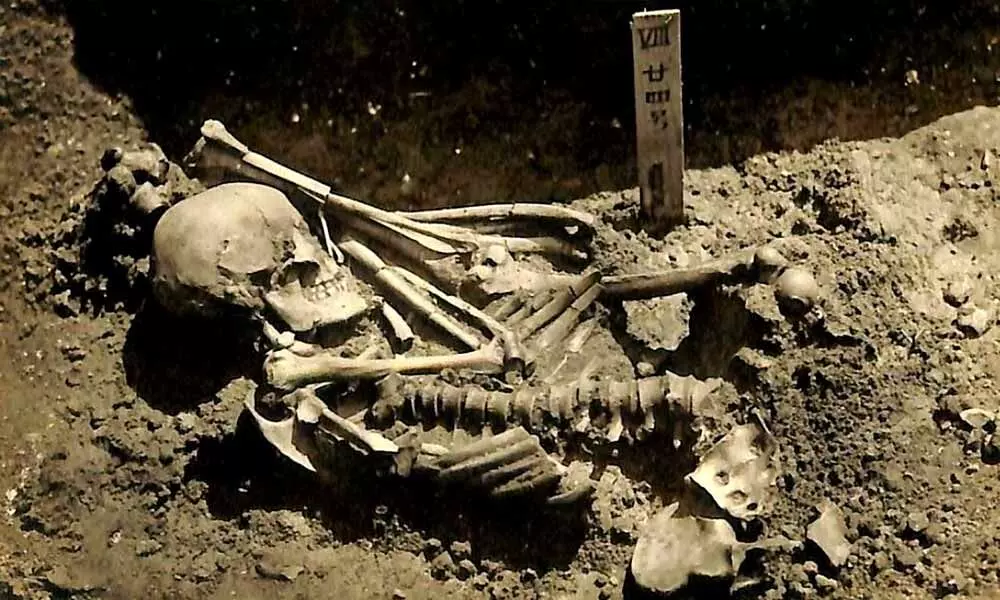Archaeologist Recreated The First Recorded Shark Attacked Victim Who Died 3,000 Years Ago

Original excavation photograph of Tsukumo No 24. Pic: Laboratory of Physical Anthropology, Kyoto University (Photo/news.sky)
- The horrible death of the first recorded shark attacked victim, who died around 3,000 years ago, has been recreated by archaeologists.
- According to their study, they were originally puzzled by the query that how it caused at least 790 deep, serrated and jagged injuries to the man whose skeleton was found.
The horrible death of the first recorded shark attacked victim, who died around 3,000 years ago, has been recreated by archaeologists. At Kyoto University, Oxford-led researchers have been looking for the traces of violent trauma on the bones found of prehistoric hunter-gatherers.
Professor Rick Schulting and Alyssa White examined the bones of a male with severe injuries from the formerly excavated Tsukumo site by the Seto Inland Sea.
According to their study, they were originally puzzled by the query that how it caused at least 790 deep, serrated and jagged injuries to the man whose skeleton was found. Despite his numerous injuries, he was buried at the town cemetery.
According to reports, it was found that the majority of the injuries were from the arms, legs, front of the chest, and abdomen. They ruled out human conflict and more often reported animal predators or scavengers throughout a process of elimination.
For more information and clarity about the matter, they went to forensic shark attack cases for evidence, working with specialist George Burgess of the Florida Program for Shark Research, because archaeological cases of shark reports are relatively rare. The scientists came to the conclusion that the individual, known as No 24, died sometime between 1370 and 1010 BC. The victim's left hand was sheared off, possibly as a defense wound, indicating that he was alive during the time of the attack. It is found that shortly after the attack, the body was discovered and buried with his family at the cemetery.
The excavation reports witnessed that he was also missing his right leg, which had been laid on top of his body in an inverted manner. The report further added that the victim seemed evidently the victim of a shark attack, based on his injuries.
















